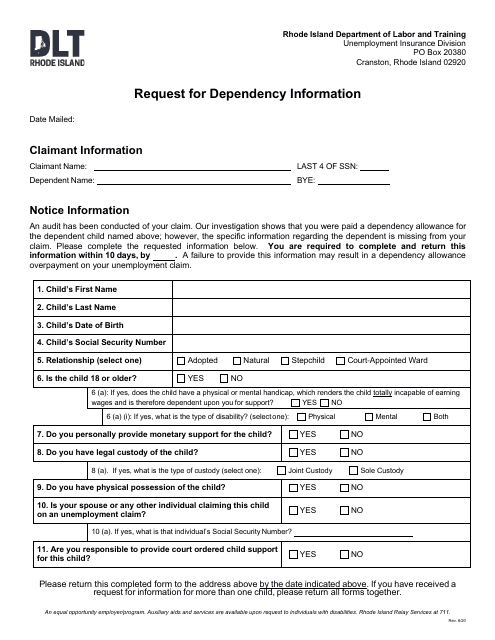Child Custody Laws Templates
If you are going through a separation or divorce and have children, it is important to understand the child custody laws in your state or province. Child custody law, also known as child custody laws, are regulations that govern the custody and visitation of children when parents separate or divorce. These laws outline the various factors that courts consider when making decisions about custody, including the best interests of the child, the parents' ability to provide a stable and loving home, and the child's relationship with each parent.
Child custody laws can vary from state to state or province to province, so it is crucial to familiarize yourself with the specific laws in your jurisdiction. By understanding these laws, you can better navigate the custody process and ensure that your children's best interests are protected.
In some cases, you may need to submit specific forms or petitions to establish or modify custody arrangements. For example, Form AD-005 Child Custody Affidavit in Maine or Form CHC103 Petition to Establish Custody and Parenting Time in Minnesota. These forms are designed to provide the necessary information to the court and help determine the best custody arrangement for the child.
It is worth noting that child custody laws also address issues related to child protection. For instance, Form 10261 Child Protection Multipurpose Order in New Jersey or Form AOC-J-205 Nontestimonial Identification Order (Juvenile Suspect) in North Carolina (English/Spanish) may be used to address concerns about the child's safety or well-being.
Additionally, child custody laws are particularly important in cases involving Native American children. The Indian Child Welfare Quarterly and Annual Report highlights the legal and administrative requirements that must be followed when placing Native American children in out-of-home care.
Overall, child custody laws play a vital role in ensuring the well-being and stability of children in cases of separation or divorce. By understanding these laws and working with legal professionals, you can ensure that your children's best interests are protected throughout the custody process.
Documents:
20
This form is used for documenting information related to child custody in Maine. It helps provide an affidavit of the child's living arrangements, parental responsibilities, and other relevant details.
This Form is used for parents in Minnesota who want to establish custody and parenting time arrangements for their children.
This Form is used for submitting a statement regarding child custody in an expedited manner in the state of Nevada.
This Form is used for obtaining a Child Protection Multipurpose Order in the state of New Jersey. It allows the court to take necessary actions to protect a child from abuse or neglect.
This Form is used for basic parenting plans in the state of Oregon. It includes provisions for other items that may need to be addressed in the plan.
This form is used for the termination of parental rights or appointment of a permanent custodian in the state of Kansas.
This form is used for obtaining an identification order for a juvenile suspect in North Carolina. It is available in both English and Spanish.
This form is used for obtaining an order from the court after a hearing on an ex parte request to return physical custody of an Indian child in California.
This form is used for confirming the registration of a foreign child custody order in Kentucky under the UCCJEA (Uniform Child Custody Jurisdiction and Enforcement Act). It helps establish legal authority and enforceability of the custody order in the state.
This document outlines the response and counterclaim to a petition filed for establishing custody, visitation, and child support in the state of Wyoming. It is used by the responding party to present their own claims and requests.
This type of document is used to provide child custody information in Belmont County, Ohio.
This document provides a summary of the Indian Child Welfare program's activities and progress, including detailed quarterly and annual reports. It offers insights into the well-being and welfare of Indian children and highlights initiatives and challenges faced by the program.




















